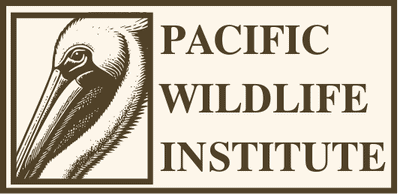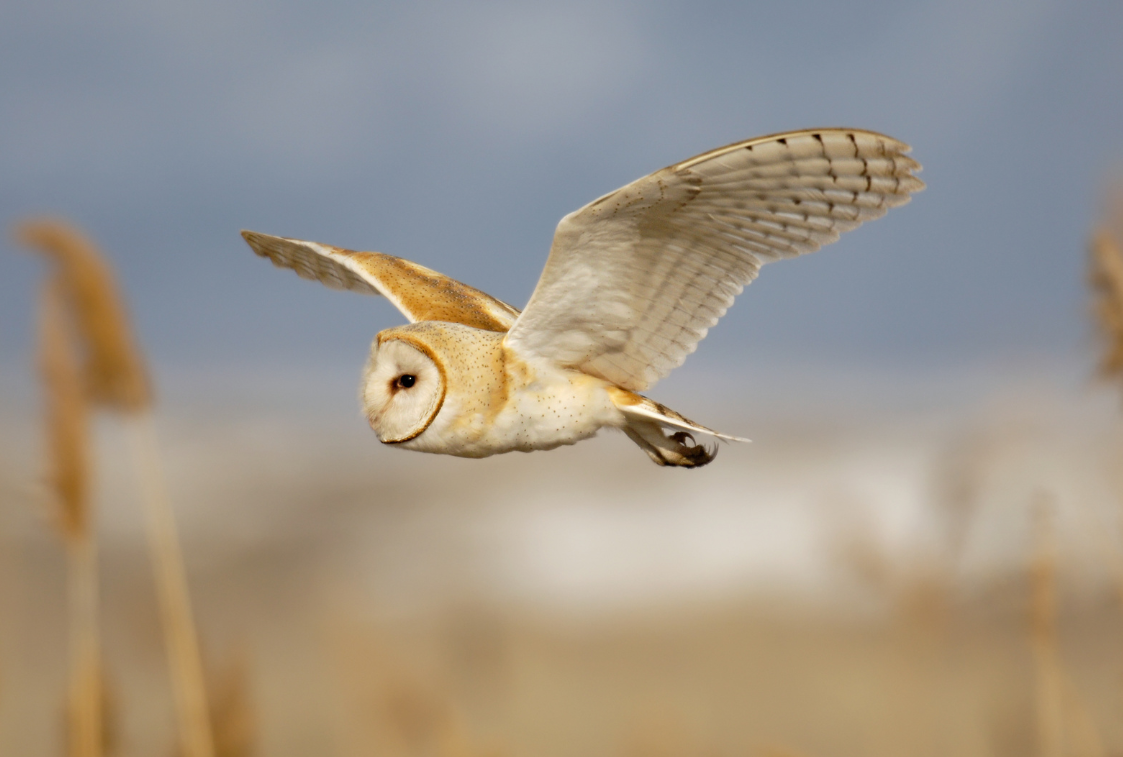Scientific Name: Tyto furcata
– Family: Tytonidae
– Order: Strigiformes
Common Names
– American Barn Owl
– Common Barn Owl
Description
The American Barn Owl is known for its distinctive heart-shaped face and absence of ear tufts. Adults typically have a pale face with a mix of buff, yellow, and gray on the body. The upper parts are golden-brown while the underparts are mostly white. They are medium-sized, with a body length of about 13 to 16 inches and a wingspan of around 31 to 37 inches.
Distribution and Habitat
American Barn Owls are found throughout North and South America in diverse habitats ranging from grasslands and agricultural fields to urban areas. They prefer open areas where they can hunt, and are often found in barns, abandoned buildings, and other structures for nesting.
Behavior
These owls are nocturnal and highly effective hunters, mostly active during the night. They are known for their silent flight, an adaptation that allows them to sneak up on prey. Their flight is buoyant and they can hover while hunting.
Diet
Their diet primarily consists of rodents, which makes them valuable for controlling pest populations. They also consume other small mammals and occasionally birds.
Reproductive Information
Barn Owls typically breed once per year, but in years of abundant food, they can produce two or even three clutches. Each clutch usually contains 4-6 eggs, which are incubated by the female for about 29 to 34 days. The young are able to fly at about 10 weeks of age.
Conservation Status
While not currently considered threatened or endangered globally, local populations can be affected by habitat loss and rodenticide poisoning.
Ecological Role
As a predator primarily of rodents, the American Barn Owl helps control potentially destructive rodent populations, benefiting agricultural interests and ecological balance.
Research and Observation
Research has often focused on their role in agriculture as biological control agents and their breeding biology, particularly how their reproductive output is influenced by food availability.
Management Strategies
Conservation efforts for barn owls often involve enhancing habitat suitability and availability, including the provision of nesting boxes in agricultural areas to support population growth. Reducing pesticide use can also help sustain their food sources.
How to Attract American Barn Owls to Your Property
1. Provide Nesting Boxes: Installing specifically designed barn owl boxes can encourage owls to nest on your property, especially in areas that lack natural cavities.
2. Maintain Open Hunting Grounds: Keeping some areas of your property open and free of dense vegetation can make it easier for barn owls to hunt.
3. Control Rodenticide Use: Reducing or eliminating the use of rodenticides can help ensure there are enough prey animals for barn owls and prevent poisoning. NEVER USE POISON, as this is extremely dangerous to wildlife and even our pets.
4. Preserve Old Buildings and Trees: Old barns, sheds, and trees with cavities can provide natural roosting and nesting sites for barn owls.
5. Enhance Landscape Diversity: Maintaining a mix of landscape elements, such as trees, hedgerows, and grasslands, can support a healthy ecosystem that is attractive to barn owls and their prey.
By fostering an environment that meets their needs for food, shelter, and breeding, you can attract and support American Barn Owls on your property.
Click “Buy a Nestbox” below to start making your property a suitable habitat for American Barn Owls


